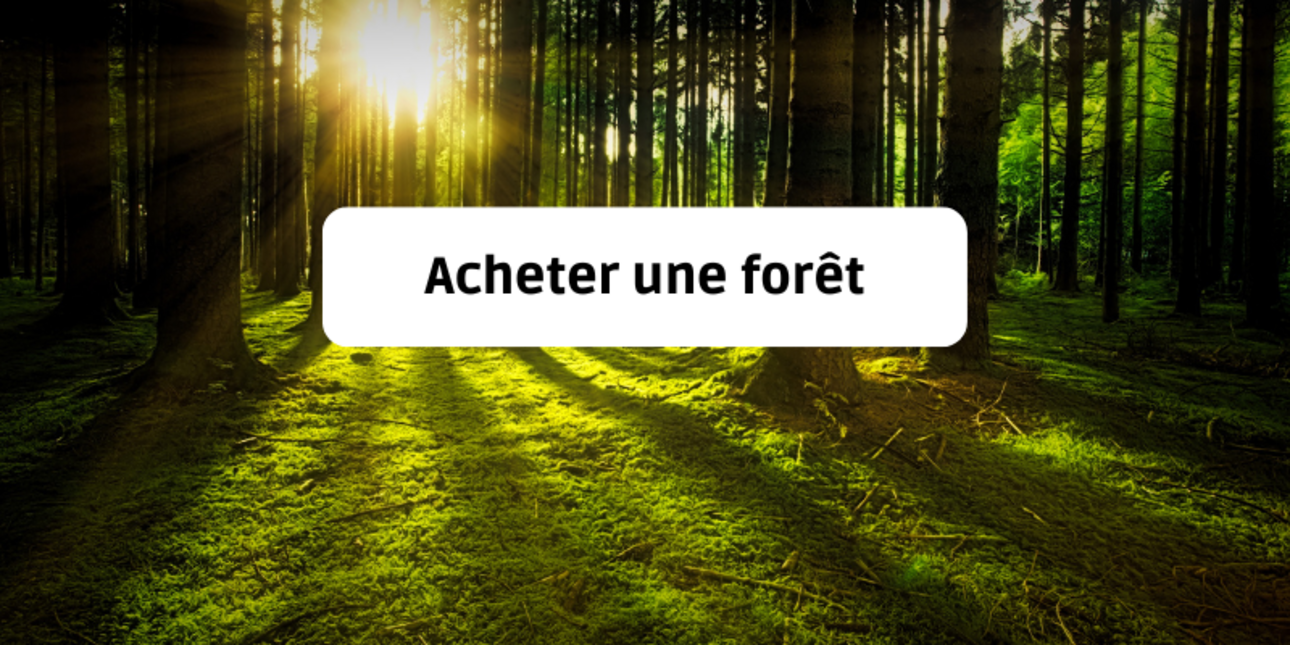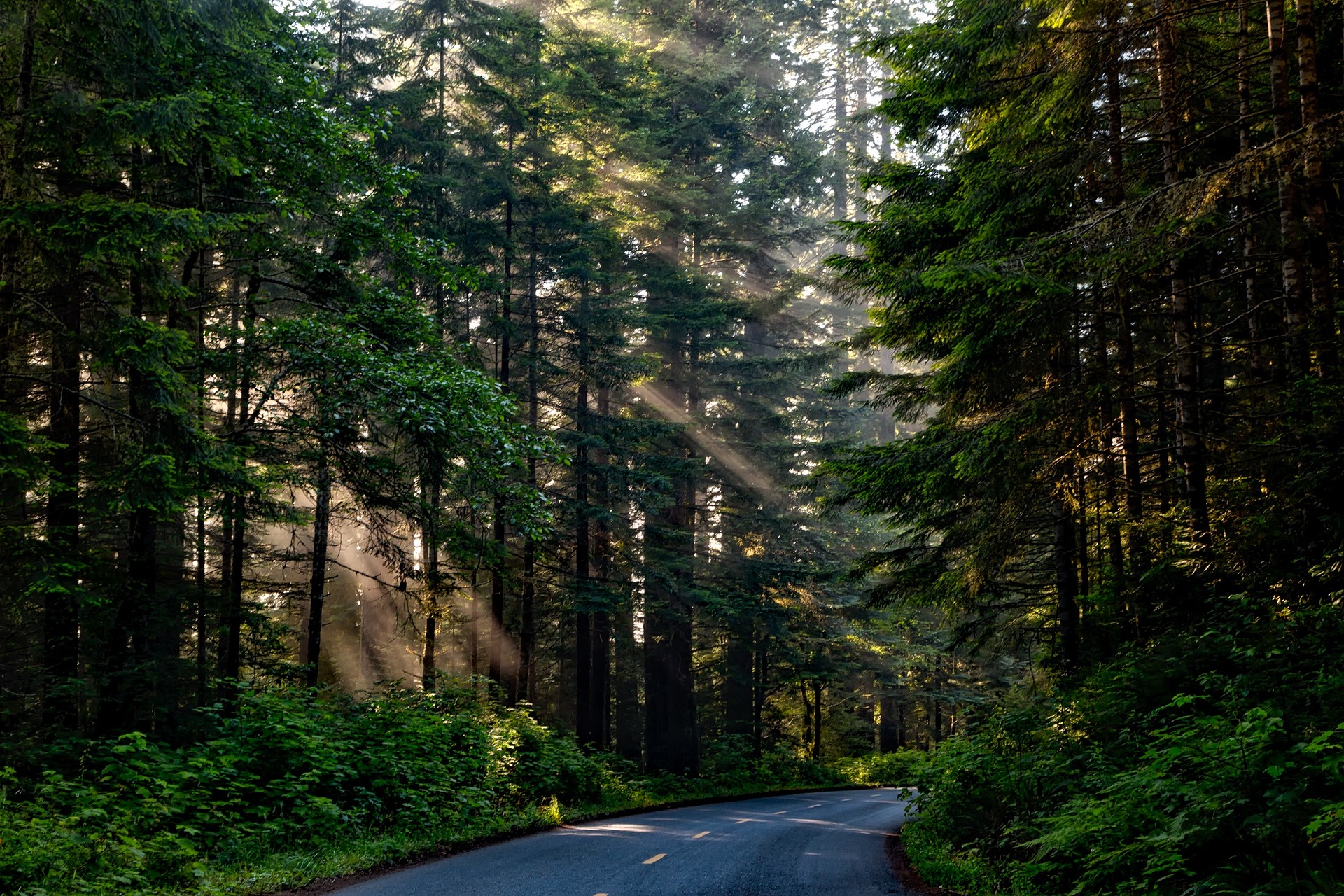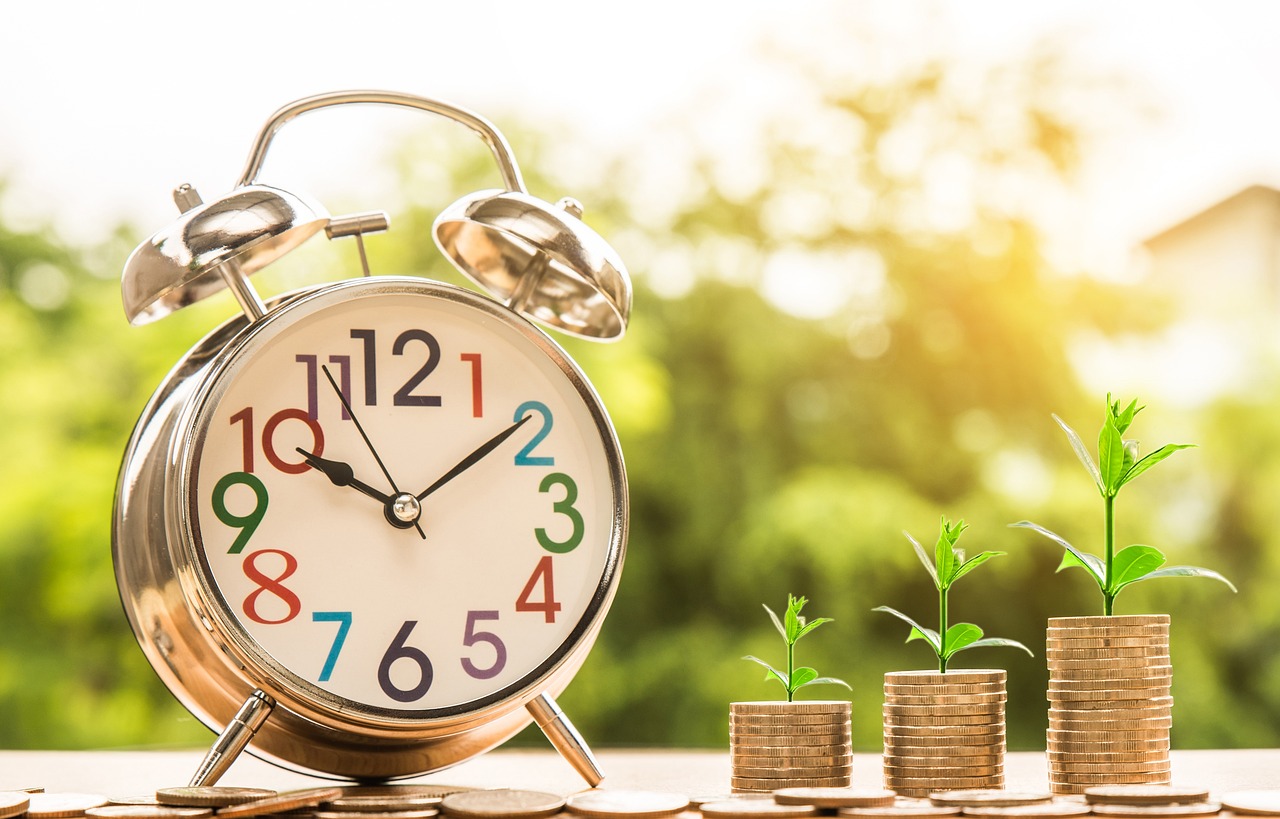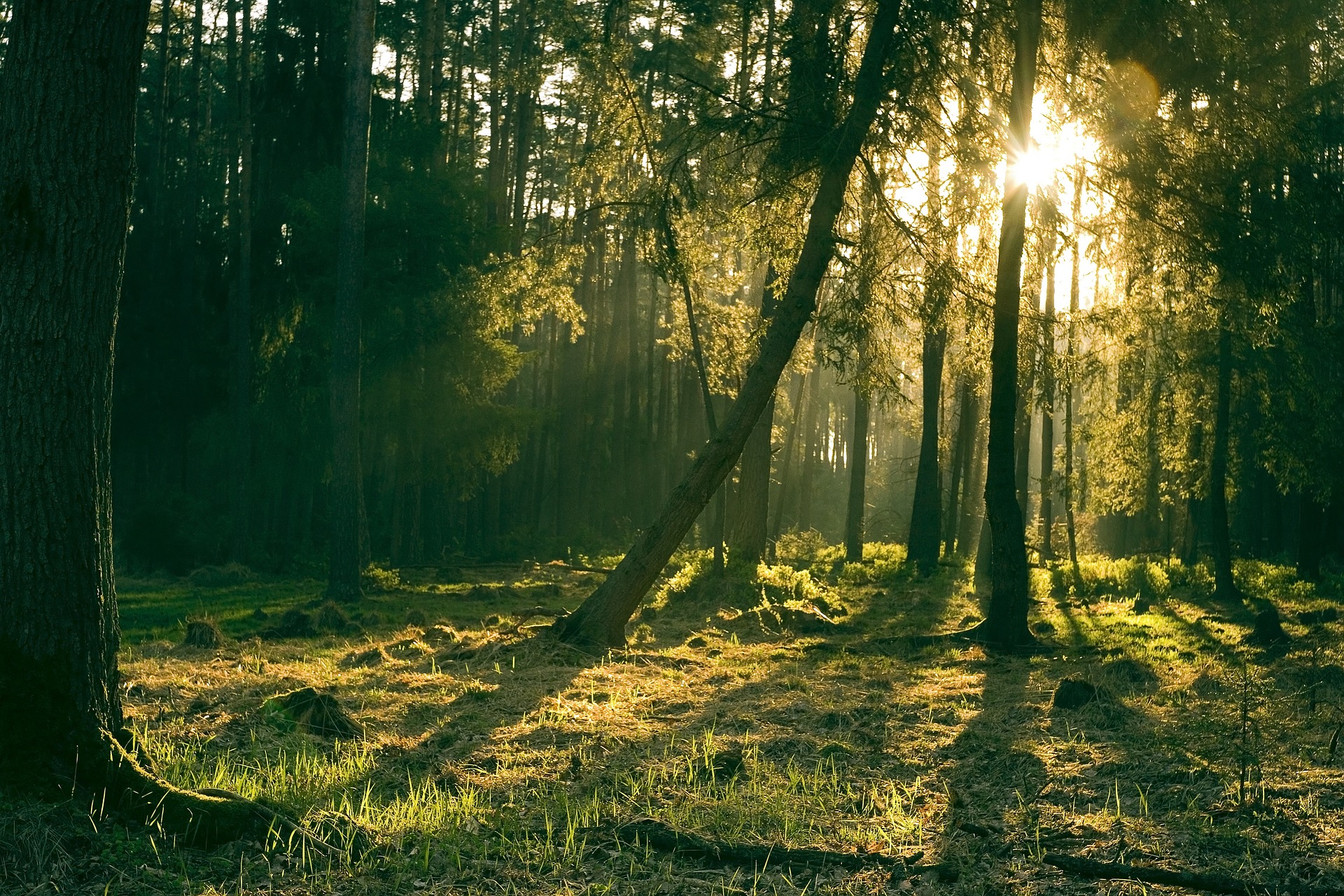
Owning a forest is a project that attracts many people, but can lead to a lack of knowledge of the regulations and obligations that weigh on the owners. We therefore devote a series of articles to enlighten future owners on the main aspects related to the purchase, holding, transmission and sale of forests.
This 1st article brings you the keys to the elements to know before buying a forest.

The French forest covers 16.8 million ha and is held by private owners for 12.5 million ha (3.5 million owners) and for 4.3 million ha by public owners. It should be noted that the forest also covers 8.25 million ha in the overseas departments, including 8 million for the department of Guyana alone.
The surface of the French forest has increased significantly during the 20th century: In 1908, the surface of the French forest was close to 10 million ha and covered 19% of the territory compared to 31% nowadays.
It should be noted that 380,000 forest owners own 76% of the private surface area (surface area greater than 4 ha). 3 million hectares are therefore held by more than 3 million owners with an average surface area of less than 1ha.
This important fragmentation of the French private forest strongly affects its management. The main objective of the specific measures, both fiscal and linked to preferential right or pre-emption right, is to reduce this fragmentation.
Buying a forest is a project that meets a variety of expectations:
Pleasure
Ecological investment
Desire to produce firewood
Practice of hunting
Diversification of patrimony
Professional investment
Search for tax advantages
...
Whatever the project, a careful examination of the market and the tax systems is necessary before making the purchase.

If the tax regimes are attractive, which we will see later, this can be explained by the relatively low profitability of the forest in the long term.
On average, experts consider that the profitability of a forest is in the order of 1 to 2% per year with however strong variations according to whether you will carry out cuts or plantations. The income from the cutting of trees must, for an important part, be reinvested in new plantations and the maintenance of existing plantations.
Some productions can achieve much higher yields due to shorter rotations. Well managed, forestry investment can be a good investment over time.
Considering the duration of the exploitation cycles and the different tax measures, the forestry investment must be made on a long term horizon of at least 15 to 30 years.
As with agricultural land or residential real estate, forest prices vary greatly depending on the region and the consistency of the forest. It is important to know the average prices charged, but above all you must take into account the state of the forest on the day of the sale:
What species are present?
Have recent cuts been made?
Is it necessary to replant plots?
Does the forest suffer from diseases, drought, ... ?
What are the maintenance works to be done in the next years ?
...
If you do not master these questions, we advise you to contact a forestry expert who will be able to evaluate your future forest according to these criteria and many others.
Each year, the SAFER publishes statistics (from sales transmitted by notaries) on forest prices throughout France. These data can be consulted on the website le-prix-des-terres.fr which contains a specific section for unbuilt forests.
|
Forest regions |
Price 2021 per hectare |
Change over 1 year |
| North Paris Basin |
6.940€ |
+4,4% |
| West |
5.600€ |
+2,1% |
| East |
4.580€ |
-1,8% |
|
Alpes-Méditerranée-Pyrénées |
3.680€ |
-2,8% |
| Southwest |
3.130€ |
+6,5% |
| Central Massif |
2.670€ |
+4,6% |
(1)Annual prices in current euros. Source: Safer-SSP Group.
| Surfaces |
Price 2021 per hectare |
Change over 1 year |
|
From 1 to 10 hectares |
3.780€ |
-2,4% |
|
From 10 to 25 hectares |
4.050€ |
+15,7% |
| More than 25 hectares |
4.830€ |
+1,6% |
(1)Annual prices in current euros. Source: Safer-SSP Group.
The purchase of a forest, whether it is done personally or through a Forestry Group, is done under the normal registration rights regime, i.e. at a cost of 5.89% of registration rights (with some departmental particularities).
Since January 1, 1999, there is no longer a preferential regime for registration fees to be paid when purchasing a forest.
In addition to these registration fees, you will have to add the emoluments and disbursements of the notarized deed of acquisition as well as the possible guarantee fees related to your financing.
Consequently, the amount of the "notary fees" is generally between 7.5 and 8% of the purchase price.
However, the purchase of shares in Groupements Forestiers is subject to a fixed registration fee of 125 € as opposed to 5% for classic real estate companies.

A Groupement Forestier is a special type of real estate company whose purpose is to exclusively hold forestry properties.
There are 2 types of Groupements Forestiers :
Groupements Forestiers d'Investissement (GFI) which have been approved by the French financial markets authority (AMF)
Groupements Fonciers Forestiers (GFF)
A third type, the Groupement Foncier Rural, is a Groupement Foncier holding both agricultural and forestry assets. It benefits from the tax system specific to Groupements Fonciers Agricoles (GFA) for its agricultural assets and from the tax system specific to Groupements Fonciers Forestiers (GFF) for its forestry assets.
The constitution of a Groupement Forestier is done without paying registration fees. The contribution of forest plots after the constitution of the company can also benefit from an exemption from registration fees if the land is less than 5ha and has a value of less than 7 623 €.
Buying shares in a Groupement Forestier that already owns a forest allows you to save a lot of registration fees because, as mentioned above, this sale will be subject to a fixed fee of 125 €. It will be necessary to add the fees of the drafter of the deed and some additional costs, but the saving can be very important (up to 5% of the value of the forest).
This structure is also an investment tool allowing small investors to pool a forestry purchase and also presents advantages compared to the undivided ownership system which is by nature more fragile.
The sustainable management of forests guarantees their biological diversity, their productivity, their regeneration capacity, their vitality and their ability to satisfy their economic, ecological and social functions.
The documents of sustainable management of private forests, which attest to its consideration, were created by the law of forestry orientation of 2001, and allow to justify a guarantee of sustainable management necessary to obtain any aid or tax reduction.
What are these documents?
The Schéma Régional de Gestion Sylvicole (SRGS) is a regional framework document for private forests.
The Simple Management Plan (PSG) is a document specific to its forest. The PSG is essential for forests of more than 25 ha.
The Code of Good Forestry Practices (CBPS) is a simple way to manage small areas.
The Standard Management Regulation (SMR) is a tool defining the management methods for each major stand type. The RTG is intended for owners who do not fall within the framework of a PSG obligation and who have their wood managed by a management organization (cooperative...) or an expert.
The Simple Management Plan can be realized by a forestry cooperative, by a forestry expert or by the owner himself and will be the object of an approval by the Regional Center of the Forest Property.
The management plan is mandatory to benefit from tax advantages.
The DEFI acquisition (for Tax Incentive for Investment in the Acquisition of a Forest) is a tax credit scheme. It is granted to purchasers of a property of more than 4ha (or allowing to reach a surface of 4ha) or of shares of a land grouping.
In return for the tax reduction, the owner undertakes to conserve the forest for 15 years and to apply a sustainable management plan.
This tax reduction is 18% of the purchase price, capped at 5,700 € for a single person and 11,400 € for a couple.
You now have the main regulatory elements to know before buying a forest.
In our next article, we will present you the important points to master when you manage a forest (income, income tax, tax on real estate wealth).